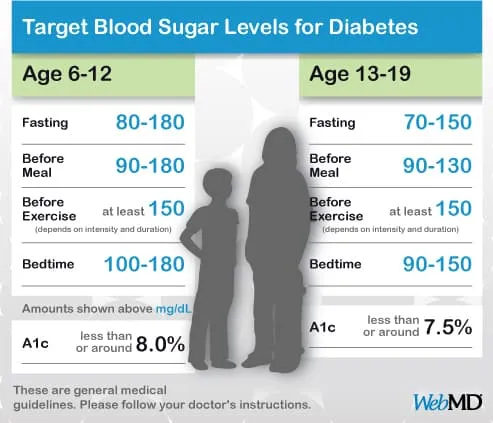What Are Normal Blood Sugar Levels? The Science Explained
Normal blood sugar levels refer to the glucose concentration in your blood under typical conditions - like after fasting overnight or a couple hours after eating. Think of it as your body's fuel gauge, except this gauge needs to stay within pretty tight limits to keep everything running smoothly.
For people without diabetes, the body does an incredible job at keeping glucose levels steady. Your pancreas releases just the right amount of insulin when blood sugar rises, and your liver releases stored glucose when levels drop too low. It's like having an automatic thermostat for your metabolism. Learn more about blood sugar spikes after eating to understand normal glucose responses.
Personal Experience Note
After working with thousands of patients, I've learned that what's "normal" can vary slightly between individuals. A person who consistently runs 85 mg/dL fasting might feel unwell at 95 mg/dL, even though both are technically normal.

Standard Blood Sugar Ranges (mg/dL)
Fasting Blood Sugar
After 8+ hours without food
Post-Meal (2 Hours)
2 hours after eating
Historical Context: How Standards Have Changed
Here's something fascinating that most people don't know: back in the 1960s, average fasting glucose levels were actually higher than what we consider "normal" today. A CDC survey from 1960-62 found average fasting glucose was 115.7 mg/dL for men and 104.1 mg/dL for women.
1960s vs Today:
This doesn't mean people were sicker back then (well, not necessarily). It reflects differences in measurement methods, population health, and how we've refined our understanding of optimal glucose levels over decades of research.
Why This Matters Today
These historical differences remind us that "normal" ranges aren't set in stone. They're based on population studies and continue to evolve as we learn more about optimal health.
Concerned About Prediabetes?
Learn about the warning signs and what blood sugar levels indicate prediabetes risk. Our prediabetes reversal guide shows evidence-based strategies for prevention.
View Prediabetes RangesComplete Reference Chart
Access our comprehensive blood sugar levels chart with all ranges and categories. Also check out our blood sugar calculator for personalized target ranges.
View Complete Chart